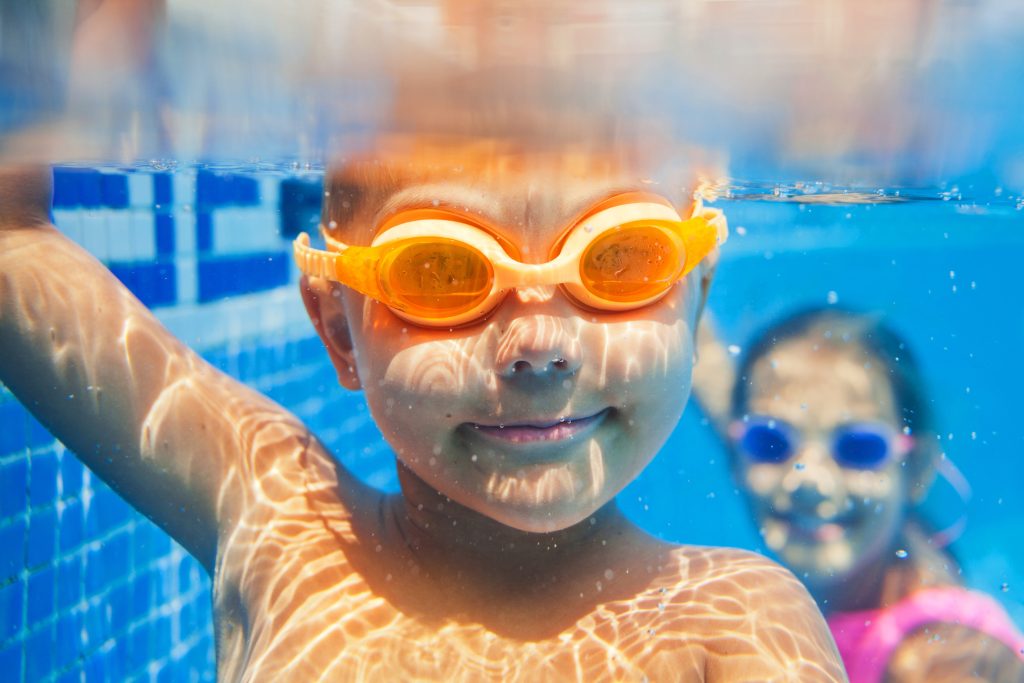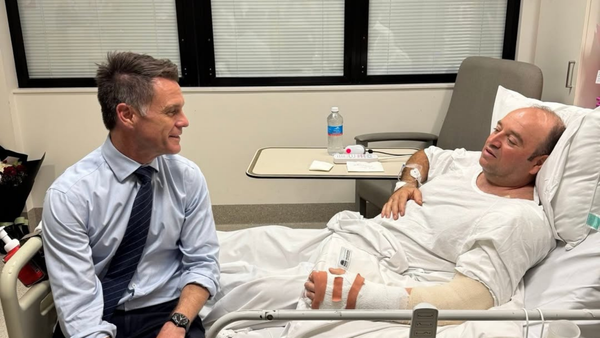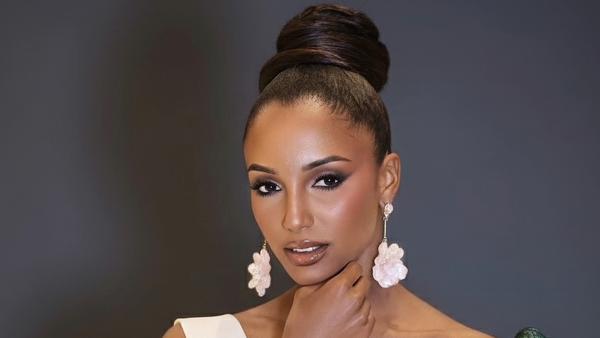
Water play is one of childhood’s greatest joys—but it also comes with serious safety concerns. Whether it’s pool parties, beach trips, or backyard sprinklers, knowing your child has basic water survival skills can offer tremendous peace of mind. But when should swim lessons actually begin? If you’re wondering whether your little one is ready to trade floaties for formal instruction, it might be time to look for key developmental and emotional indicators. These signs your kid is ready for swim lessons can help you make a confident, informed decision before diving in.
1. They’re Comfortable Around Water
One of the clearest signs your kid is ready for swim lessons is a natural comfort around water. If your child enjoys splashing in the tub, playing in shallow pools, or dipping their toes in lakes or oceans, they’ve already taken the first step. Comfort doesn’t mean fearlessness—but a willingness to engage with water signals readiness to build skills in a more structured environment. If they’re curious instead of panicked when near water, it’s a green light to consider swim instruction. Confidence is the foundation swim lessons build on, so comfort matters.
2. They Can Follow Simple Instructions
Swim lessons often involve listening, waiting, and repeating basic tasks—so kids who can follow simple instructions tend to benefit the most. Whether it’s “kick your legs,” “hold the wall,” or “wait your turn,” the ability to process and respond to directions is key. This is especially important in group settings, where safety depends on children respecting pool rules and instructor guidance. If your child is showing signs of cooperation and basic self-control, it’s one of the clearest signs your kid is ready for swim lessons. Even short attention spans are manageable if your child responds well to guidance.
3. They’ve Outgrown Their Floaties
Many kids start out in water with floatation aids, but eventually show signs of wanting more freedom. If your child starts ditching the arm floaties or life jacket (with supervision, of course), it could mean they’re craving more independence and confidence in the water. This is one of those signs your kid is ready for swim lessons that often goes unnoticed. Wanting to swim “like a big kid” is a great motivator for learning real skills and techniques. Swim lessons provide a safe transition from floaties to functional swimming.
4. They’re Asking to Learn
Some kids are vocal about what they want—and if your child starts asking how to swim, float, or dive, take the hint. Curiosity and enthusiasm are powerful motivators when it comes to learning new skills. Kids who express interest in swimming are usually more focused and engaged during lessons. This early buy-in helps them progress faster and build confidence in the water. So if your little one keeps saying, “I want to swim like them!” it’s one of the most obvious signs your kid is ready for swim lessons.
5. They Can Separate from You Without Anxiety
For many kids, swim lessons are one of their first experiences being taught by someone other than a parent. If your child is comfortable separating from you for short periods—whether at preschool, daycare, or playdates—they’re likely emotionally ready for swim class. This doesn’t mean they won’t cling a little at first, but they’ll bounce back quickly with encouragement. Children with separation anxiety may need a slower transition or parent-child lessons to ease into the process. Either way, emotional readiness is one of the most important signs your kid is ready for swim lessons.
6. They Have Basic Motor Skills
Swim lessons don’t require athleticism, but they do involve coordination, strength, and movement control. Kids who can walk, jump, and move their arms and legs with intention tend to adapt well to swimming movements. If your child can balance, climb, or imitate actions like reaching or kicking, they’ll have an easier time picking up swim basics. These physical milestones often align with the cognitive and emotional growth needed for lessons. Watching how your child moves on land can be a clue to how they’ll adapt in water.
7. They’re Between 3 and 6 Years Old
While some programs accept infants and toddlers, most swim instructors recommend starting formal lessons between ages 3 and 6, with age 4 being a commonly recommended target. At this stage, kids typically have the attention span, motor control, and communication skills needed to benefit from structured instruction. They’re also beginning to understand cause and effect, which helps them learn safety rules. Of course, every child is different—some may be ready sooner, while others need more time. But this age range is often when the signs your kid is ready for swim lessons become crystal clear.
When It’s Time to Take the Plunge
Choosing the right time to start swim lessons isn’t about pressure—it’s about preparation. The signs your kid is ready for swim lessons are usually small but significant: comfort in water, the ability to follow directions, emotional independence, and a spark of curiosity. Swimming is a life skill that boosts confidence, builds safety awareness, and opens the door to years of fun. When your child shows you they’re ready, lean in and take the leap.
What signs helped you decide it was time for swim lessons? Share your experience and advice in the comments—we’d love to hear from you!
Read More:
Signs Your Toddler Might Actually Be Ready to Potty Train
Preparing for Preschool: This Is How to Get Your Child Ready
The post Signs Your Kid Is Ready for Swim Lessons appeared first on Kids Ain't Cheap.







